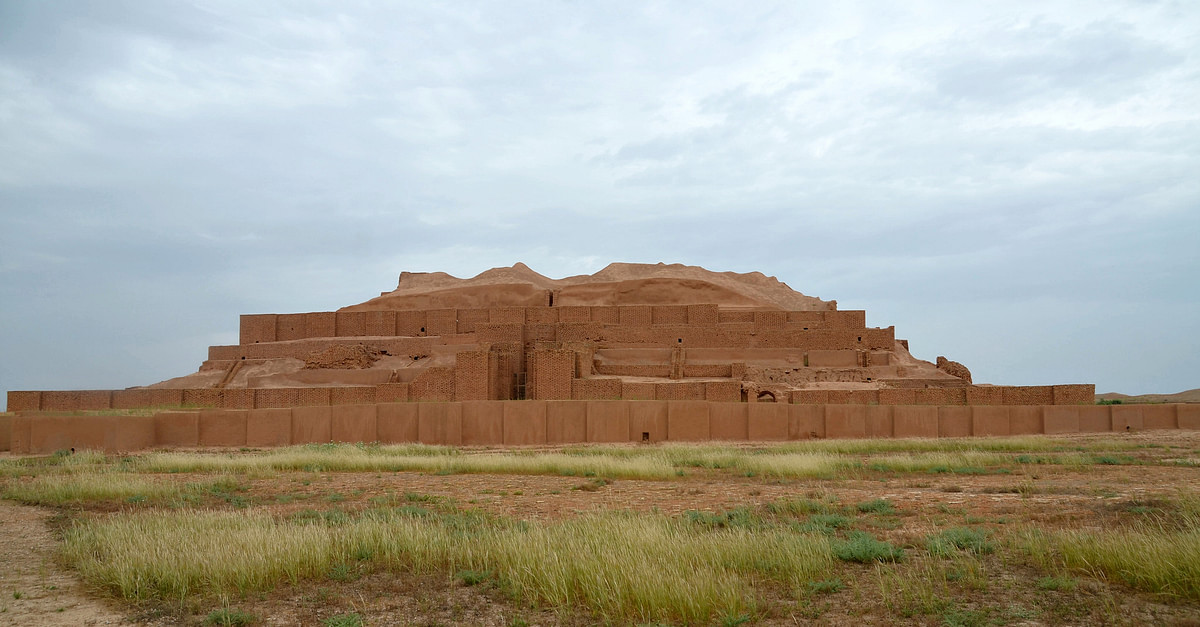
"Chogha Zanbil (literally "basket mound") is an ancient Elamite temple complex located in the modern-day province of Khuzestan, Iran. It is also known as Dur-Untash (Fortress/ City/Town of Untash), Tchogha Zanbil, and Al Untash Napirisha ("Place of Untash Napirisha") and features the largest ziggurat in the world outside of Mesopotamia and the best preserved. It was built circa 1250 BCE during the Middle Elamite Period (circa 1500 to circa 1100 BCE) by the Elamite king Untash-Napirisha (reign circa 1275-1240 BCE)"
"Untash-Napirisha originally dedicated the site solely to Insushinak, the patron deity of nearby Susa, and it is thought he intended to draw attention away from Susa as one of the royal cities of Elam and establish his new city as a capital. He changed his mind, however, possibly after considering the wide array of religious traditions and diverse gods followed by the people of Elam, had the original ziggurat dedicated to Insushinak torn down, and built a much grander complex with a larger ziggurat,"
Chogha Zanbil is an Elamite temple complex in Khuzestan, Iran, also called Dur-Untash and Al Untash Napirisha, containing the largest ziggurat outside Mesopotamia. Construction began around 1250 BCE during the Middle Elamite Period under King Untash-Napirisha and included dedications to Insushinak and Napirisha plus shrines to other gods to serve a diverse population. The king revised initial plans, demolishing an earlier ziggurat to build a grander enclosed city with temples, shrines, priest housing, and three concentric walls. Construction remained incomplete and the complex was abandoned after the king's death, later serving as a pilgrimage site through about 1000 BCE. The site was sacked by Ashurbanipal during his invasion of Elam in 647–646 BCE.
Read at World History Encyclopedia
Unable to calculate read time
Collection
[
|
...
]